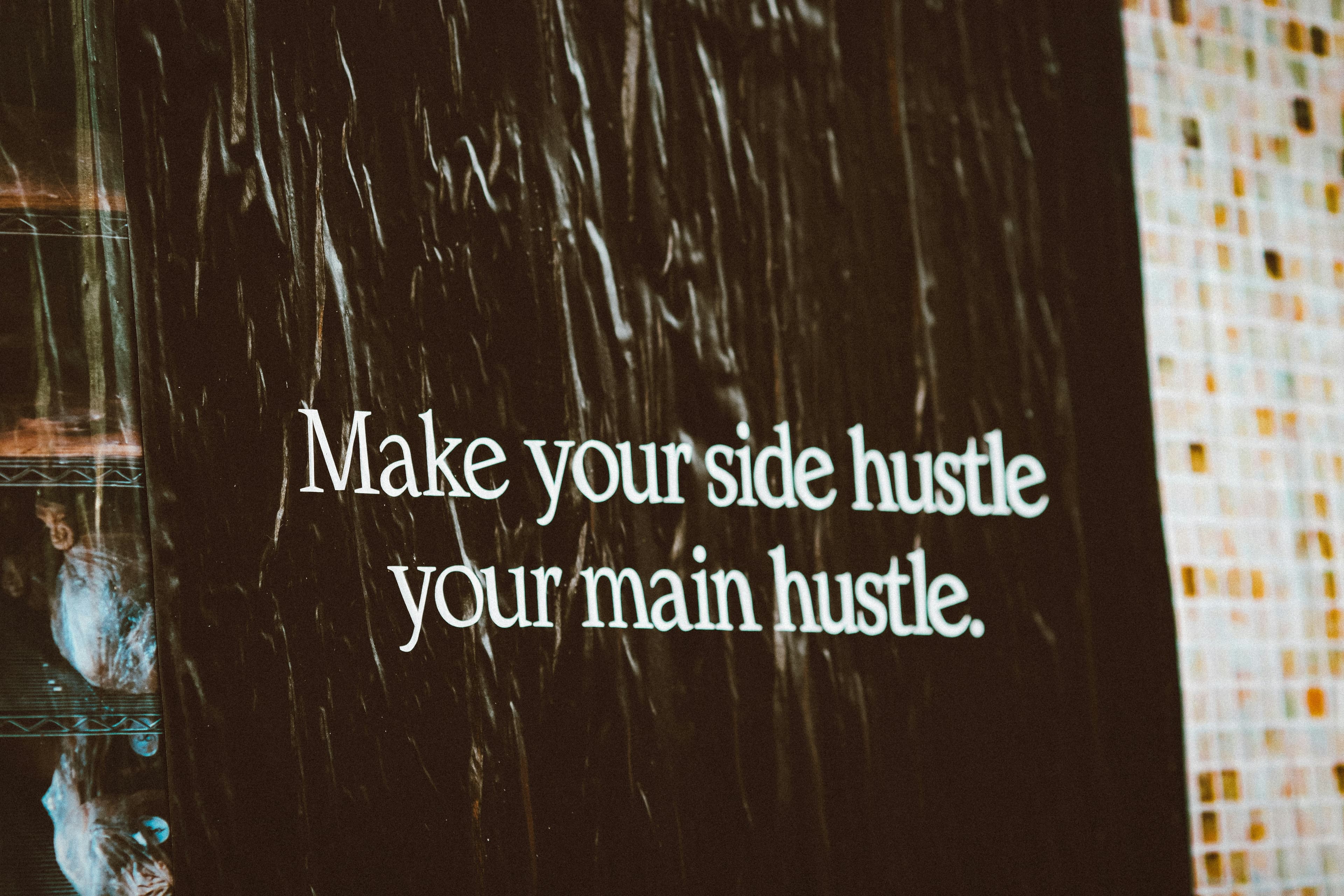From Clicks to Cash: How Affiliate Marketing Works

You’ve got the basics down: you know what an affiliate program is, you’ve set up a website, and you’re starting to figure out social media. But there’s one big question that still looms—how does the money actually show up? When you start a side hustle like this, understanding the mechanics of payment is everything. Let's break down exactly how your online business side hustle turns clicks into cash.
The Standard Deal: Affiliate Commissions
The most common way you’ll get paid is through affiliate commissions. It’s pretty straightforward: a company pays you a percentage of a sale that came from your unique link. These percentages are all over the map, ranging from as low as 1% to as high as 50%, depending on the product’s price and category. A successful freelance marketing business often involves promoting a mix of these.
Take the Amazon Associates program, a popular starting point. You might earn just 1% for selling a video game console, but 10% for a downloadable game. It’s tempting to chase the highest percentage, but it’s not always the best strategy. Lower-commission items can be much easier to sell, creating a trade-off you’ll need to balance. Some categories, like personal computers, even have caps on how much you can earn from a single sale, meaning that promoting the most expensive model won't always net you the biggest paycheck.
Understanding Cookies (Not the Edible Kind)
So, how does Amazon or any other retailer know a customer came from you? The answer is cookies—and not the kind your grandma bakes. When someone clicks your affiliate link, a small tracking file (a cookie) gets saved to their browser. This file acts like a digital name tag, telling the retailer, “This person came from your site, so give them credit for the sale.” It's a simple, effective system that’s been the backbone of affiliate marketing for years.
Amazon's cookies, for example, last for 24 hours. This is where it gets interesting. You don't just earn a commission on the specific product you linked to. You get a cut of that person buys on Amazon within that 24-hour window. This might not sound like a big deal, but data shows that around 40% of affiliate commissions on Amazon come from other items the customer added to their cart. They might click your link for a camera lens and end up buying a new TV and a bag of dog food, too. You get paid for all of it, which is a key reason why affiliate marketing can be one of the more scalable side hustles. Other affiliate programs offer even longer cookie durations—some last for months or even until the user manually clears them, creating long-term earning potential.
Beyond Products: Revenue Share Models
Not everything you promote will be a one-time purchase. Sometimes, you’re selling a service or a subscription, and that’s where revenue share models come in. This is common with service based side hustles. Think of a niche like online gaming, where you’re not selling a product but rather introducing a player to a platform. Here, affiliates are often paid in one of two ways.
- : This model gives you a percentage of all the money the company makes from that customer for a set period, or even for life.
- : With this, you get a one-time flat fee for every new customer who signs up and plays.
Some programs offer a hybrid deal, giving you a smaller upfront CPA payment plus a smaller lifetime revenue share. This isn't just for gaming; it’s a common structure for software subscriptions and other online services. As long as your referral keeps paying their subscription, you keep getting a piece of it. These can become some of the most profitable side businesses over time due to recurring income.
The Old School Method: Pay-Per-Click
There’s another, less common model out there called Pay Per Click (PPC) affiliate marketing. With these programs, you get paid a tiny amount every time someone simply clicks your link, whether they buy something or not. While it sounds appealing because you don't need a sale to get paid, the payouts are incredibly small. In most cases, you’ll find that you make the same or even less money than with a standard commission model. For anyone serious about their side hustle marketing, focusing on driving actual sales through quality content is a much more reliable path to earning real income.
A Final Word on Persistence
If there’s one thing to remember, it’s that this doesn’t happen overnight. Building a profitable affiliate site is a marathon, not a sprint. When you're starting a side hustle while working full time, it’s completely normal to go months without seeing any significant profit. Your first earnings will likely be small, but celebrate those small wins. They are proof that the system works.
True success comes from persistence, dedication, and a commitment to constantly learning—improving your content, finding better ways to place links, and understanding your traffic. The effort you put in now is what builds the foundation for a business that could eventually turn your side hustle to full time work. Keep that goal in mind, whether it's an extra $500 a month or a 100k side hustle, and let it fuel your hard work today.







